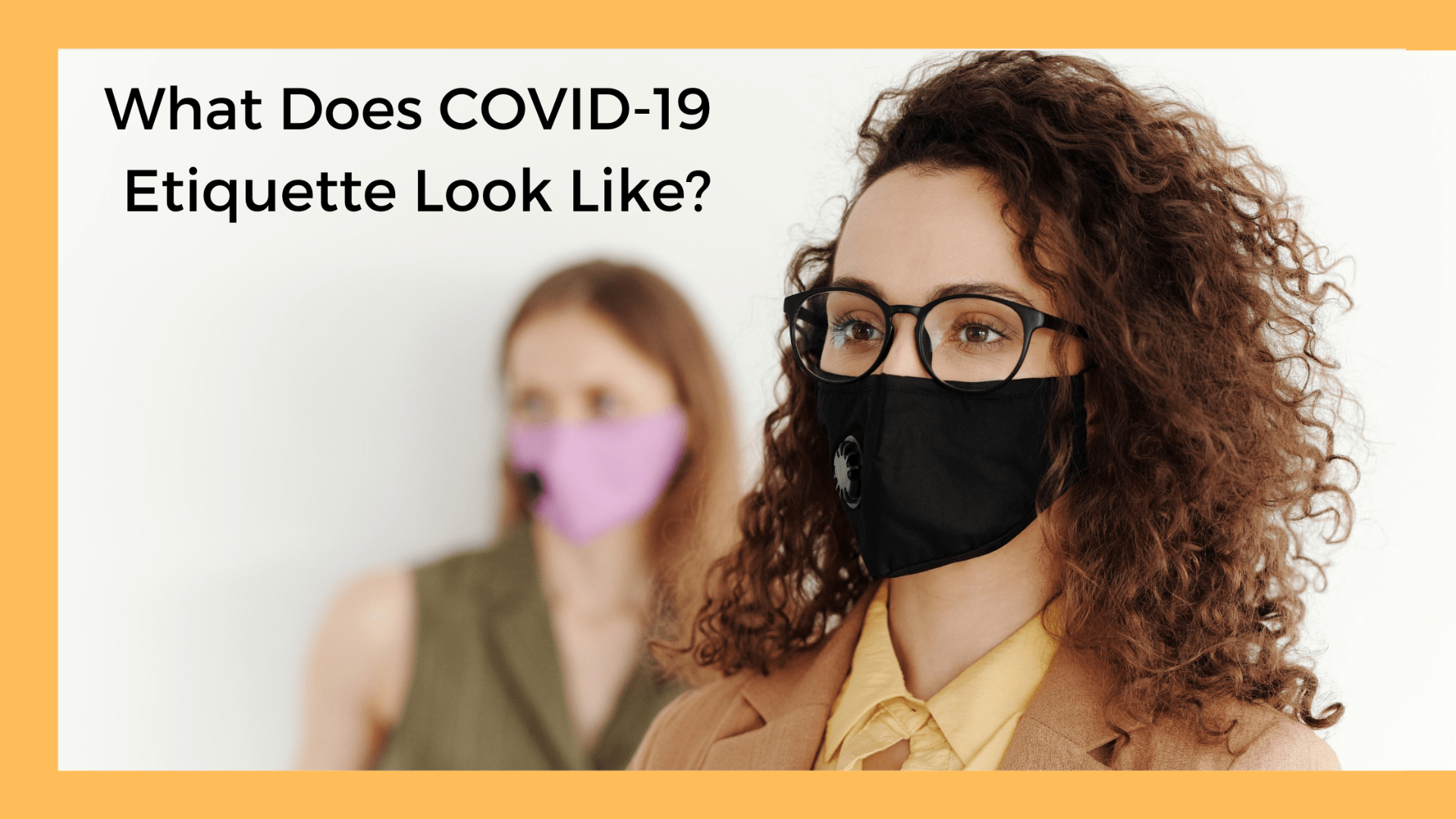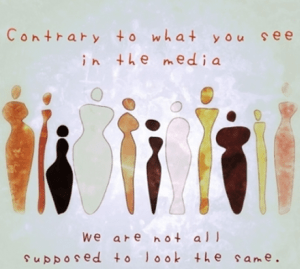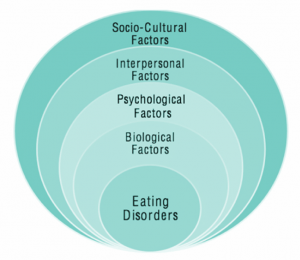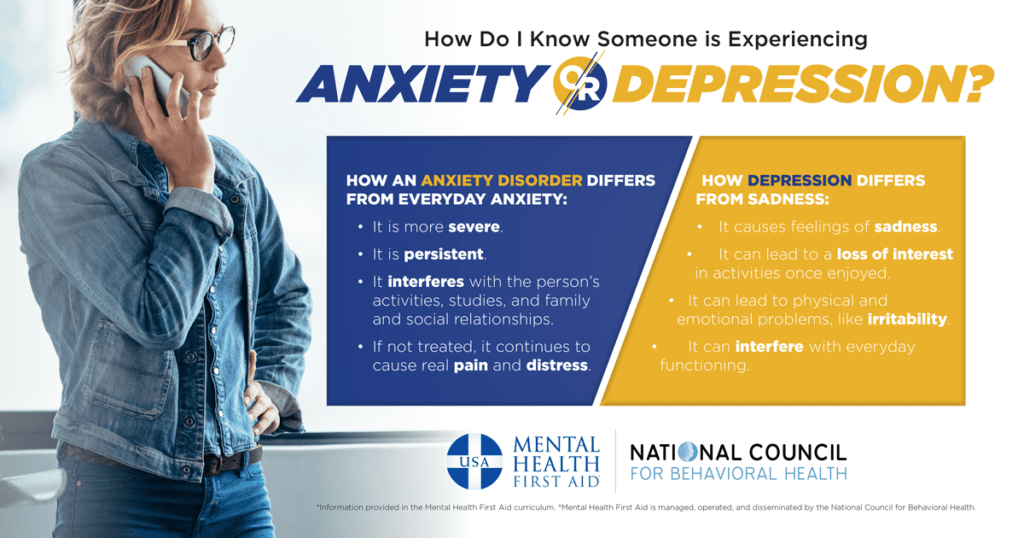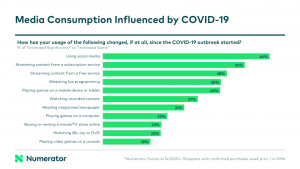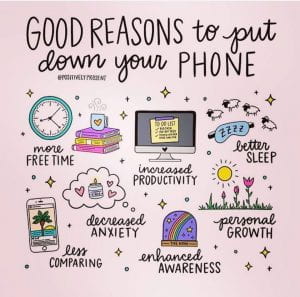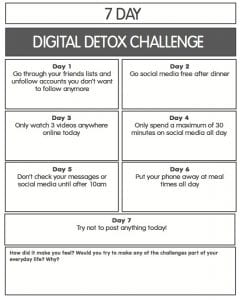Hello everybody! Welcome back to yet another Wellness Wednesday blog post from yours truly, the Office of Health Promotion and Wellness (and our guest speakers at Mission and Ministry!). If you’d like to view the video version of this Wellness Wednesday click here, otherwise read on!

This Wellness Wednesday we were lucky enough to have Mission and Ministry join us for a conversation around healthy relationships during COVID-19. Keep reading for a look into Vinny and Louise’s relationship and how it relates to the times (Mission and Ministry) as well as some of HPW’s tips for maintaining healthy relationships during quarantine!

A message from Mission and Ministry: “You’ve hopefully learned some stories about Vincent and Louise during your time at DePaul. We don’t always talk about the collaborative relationship they had – this dynamic duo that we celebrate today shaped each other to be the leaders that we remember them to be. Vincent would not be Vincent if it were not for Louise’s leadership, and Louise would not have discovered her true purpose and calling if she had not first been sent forth by Vincent. This dynamic duo has much to teach us about healthy relationships.”
“So, learning from Vincent and Louise, what are some things we can do to ensure we are practicing holistic care and being in right relationships with one another?”
- “We are not meant to balance everything at the same time! Sometimes we need to take off one of our hats and focus on another one.”
- Boundary setting is something that Vincent and Louise helped each other to do well: “Before addressing any business, Louise and Vincent would take the time to check in with each other. Their letters show that they were not only professional collaborators, but personable friends as well. They would do check-ins asking each other how they were and how their health was doing. Vincentians recognize that healthy relationships are essential for carrying out a shared vision. We can’t do it alone!”
- “Authentic collaboration takes work – it takes listening, building relationships, understanding where someone is coming from, putting ourselves in others’ shoes, letting go of our agenda, failing, picking ourselves back up and trying again, apologizing and asking for forgiveness. It means being vulnerable and courageous and speaking your truth with love.”
- Read on to hear more about boundary setting and healthy relationships from HPW!
When we discuss healthy relationships during COVID-19, it might be helpful to break this into two categories: 1) How to maintain healthy relationships and boundaries while living in close quarters with others at home, and 2) How to stay connected with friends and family who are miles away from home. The first section of HPW’s advice below will cover this first point, and the second half will cover the latter point. Read on, reader!
What does a healthy relationship at home look like during COVID-19?
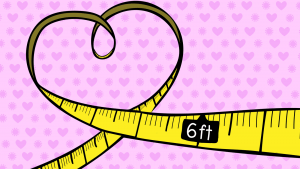
First and foremost, it is important to acknowledge that everyone’s living situation looks different right now. Some of us are staying with family, some are staying with roommates, some are staying with a partner, and some even have kids at home to deal with! Some of us may be staying alone in isolation – away from family and friends. And some may be dealing with a toxic home environment. Understanding that we are all coming from different places is important as it can allow us to have more empathy towards each other’s situations and realize that everyone is struggling in a different way (and can use support in a different way).
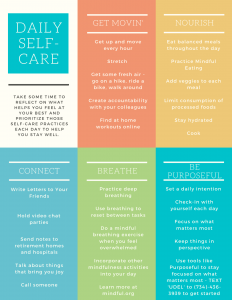
Second of all, it is important to take care of yourself first! It can be tough to give yourself to others/be in relationships with others when you haven’t had a chance to show yourself some love first. That’s why right now, especially, it is important to show yourself some love and care. What does this look like? Here are some tips: make sure you are getting a good night’s rest (see our previous blog for tips on refreshing your sleep), get outside, take a shower and do some skincare, eat healthy foods – you get the idea. Humans are sort of like plants, we need sunshine, water, and nutrients too! Remembering these three simple tenets makes for a healthy day. If possible, try to do at least one thing per day that is just plain fun, like doing yoga, savoring your morning coffee, playing a board game, or reading a chapter of a good book.
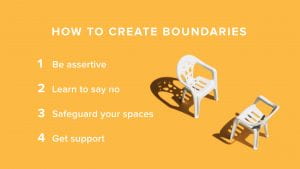
Another important tenet to relationships right now (and always) is boundary setting. Now especially it is important to create your boundaries and stick to them. Living in such close quarters with loved ones can be very enjoyable, but it can also be very tricky. Without any boundaries, we tend to get worn down over time, and don’t always show up as the best versions of ourselves. Remember, boundaries look different for everyone. Perhaps your sister is better at spending constant time socializing with your family, but maybe you need a little more alone time – don’t let anybody make you feel bad for this – we are all different, and as long as we use respect when setting boundaries, it’s no harm no foul! One way of upholding boundaries can simply be creating a physical space to spend time by yourself every once and a while. Find space in your house for your own personal time. If you have a big family and/or no privacy, take morning walks by yourself or with a pet. Take time to collect yourself and spend time with your own thoughts. Sometimes when we constantly spend time around others, we lose track of what it is that is going on in our own minds – it is important to revive this by spending some time alone, no matter how extraverted you are.
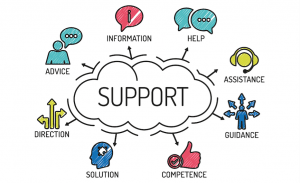
If quarantine is proving to be a really tough time for you and you are struggling to maintain a healthy living situation during all of this, seek support. Although they do look different now, resources are still available to you. The Office of Health Promotion and Wellness is still taking virtual appointments via Zoom. Feel free to call us at 773-325-7129 or complete the online intake form on our website (https://offices.depaul.edu/student-affairs/about/departments/Pages/hpw.aspx) to schedule your one on one with one of our professional staff members. The National Domestic Violence Hotline is still up and running as well at 1-800-799-7233. If you are unable to speak on the phone without being overheard, you can also text LOVEIS to 22522. If you would simply like to chat with HPW about more resources at your disposal during this tough time, we are available for that as well via appointment at the contact information mentioned above.
What does it look like to maintain healthy relationships while social distancing?

Having a tough time staying connected with loved ones who are farther away or not in your house during COVID-19? You’ve come to the right place. The following are some tips for finding community and connection during this virtual reality we are currently living in.
- Missing loved ones who live farther away? Set up a recurring zoom call with friends or family. Having a set time each week to talk can provide you with something to look forward to! It doesn’t need to be long if you’re not up for it – even just seeing loved one’s faces briefly can help light up a day or week!
- If it’s possible in the state that you are living in currently, you can do outdoor activities with others who live nearby, but at a distance, such as going on walks at a 6 feet distance from each other, or putting out lawn chairs to sit and chat outside – just keep your distance here as well.
- If you miss being able to sit with a loved one and watch a movie or show together, you can use Netflix Party to watch shows at the exact same time while having access to a chat bar as well. You could even Zoom during a show or a movie so that you can have live reactions to it as well! Simply share your screen, mute yourselves when the show/movie is going, and pause to have conversation in between.
- If you’re someone who misses having in person intellectual conversations with others, you could have a virtual book club with a friend or family member. Simply read the same book at the same time and have periodic Zoom calls with discussion questions to chat about after each chapter or so!
- If you’re done with so much screen time, but still looking for a meaningful way to stay in touch with loved ones, send notes in the mail. This can be such a nice surprise, especially during these tough times. If you have a printer at home, you could even print out pictures of yourself with the person you’re sending a note to and include those as well!
- Another kind gesture to a family member or friend who lives nearby could be leaving a baked good, a note, a small art project, or a small gift on a friend’s doorstep for them to find later on.
- Does one of your loved ones have a birthday during these tough times? If they live nearby you, have a drive by parade for them with signs on each car! If they live farther away, throw a virtual party for them. Reach out to their loved ones and schedule a Zoom call for a specific time – have everyone show up with drinks (of any kind) to ‘cheers’ the person on their special day! You can even incorporate some kind words by having everyone prepare a small speech about that person ahead of time, if you would like.
- If you are tired of living in our current reality, make some future plans with pals. Obviously, some details will need to be left out for now, as booking travel and hotels is a no go currently, but you can plan generally for where you might want to go and what you might want to do when all of this is over!
- Simply looking to have some fun and take a break from it all? Kick back with a virtual game night complete with snacks, drinks… the whole 9 yards. Trivia games are easy ones to play via Zoom, but get creative and come up with some other game ideas as well!
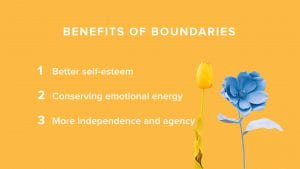
Again, it is important to remember that boundaries are still important, even when it comes to online relationships (check out our blog on establishing healthy boundaries for tips on this!).
If you’ve made it this far, thank you for joining us! Hopefully at least one of these tips regarding healthy relationships during COVID-19 has resonated with you. Again, if you are struggling to cope right now and are seeking some support, our office is always here as a resource. Feel free to call us at 773-325-7129 or complete the online intake form on our website (https://offices.depaul.edu/student-affairs/about/departments/Pages/hpw.aspx) to schedule your one on one with one of our professional staff members. Hang in there everybody! We will get through this – together!
